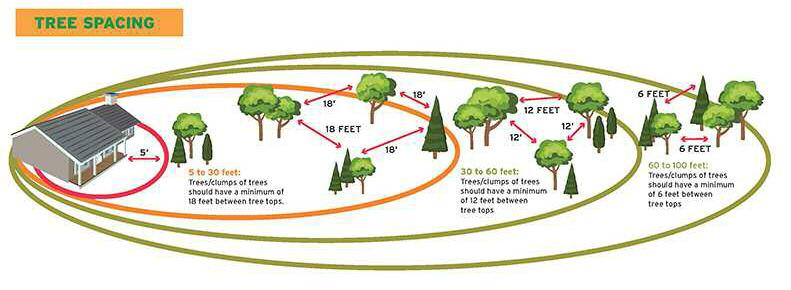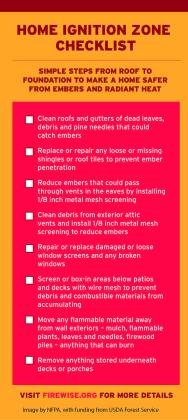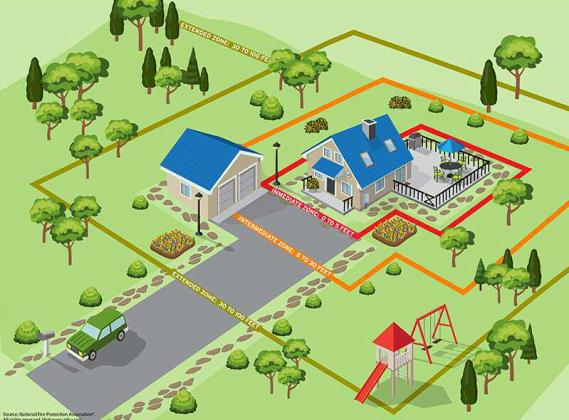CIBOLA COUNTY, N.M. — Cibola County continues its struggle with drought conditions despite recording the 29th wettest March in the last 130 years. The New Mexico Energy, Minerals and Natural Resources (EMNRD) Forestry Division is maintaining rigorous wildfire prevention efforts as fire season approaches.
The Cibola Citizen is working with the Northern Oceanic Atmospheric Administration and the United States Department of Agriculture to obtain accurate drought information for Cibola County through the month of March – this data is usually easily accessible, but because of a nationwide service outage, these departments have been unable to give specifics about drought information, the following is the information shared for the month of March.
Though March saw an increase of 0.35 inches from normal precipitation levels, the overall drought situation in Cibola County remains critical. According to recent figures, approximately 9.2% of the county's population, or 2,511 people, are affected by drought conditions. This represents a significant decrease of 63.7% since last month, though no change was noted from last week.
Agricultural impacts are significant, with drought conditions affecting approximately 448 acres of hay and 30 acres of haylage. Livestock continue to face hardships, with an estimated 10,281 cattle and 3,026 sheep currently affected by drought conditions— numbers that have remained steady compared to previous reports.
The Cibola Citizen will provide the full March drought report when possible.
The Forestry Division's efforts are complemented by guidelines on managing the Home Ignition Zone (HIZ), which recommend specific steps to enhance properties' resilience to wildfires:
Immediate Zone (0-5 feet from the home)
• Clean roofs and gutters of dead leaves, debris, and pine needles that could catch embers.
• Replace or repair any loose or missing shingles or roof tiles to prevent ember penetration.
• Install 1/8 inch metal mesh screening to vents in the eaves to reduce ember entry.
• Clean debris from exterior attic vents and install metal mesh screening.
• Repair or replace damaged or loose window screens and any broken windows.
• Screen or box-in areas below patios and decks with wire mesh to prevent debris accumulation.
• Move flammable material away from wall exteriors, including mulch, flammable plants, leaves, needles, and firewood piles.
• Remove anything stored underneath decks or porches.
Intermediate Zone (5-30 feet from the home)
• Clear vegetation from under large stationary propane tanks.
• Create fuel breaks with driveways, walkways/ paths, patios, and decks.
• Keep lawns and native grasses mowed to a height of four inches.
• Remove ladder fuels (vegetation under trees) so a surface fire cannot reach the crowns.
• Prune trees up to six to ten feet from the ground; for shorter trees, do not exceed 1/3 of the overall tree height.
• Space trees to have a minimum of eighteen feet between crowns, increasing with the slope's percentage.
• Plan tree placement to ensure the mature canopy is no closer than ten feet to the edge of the structure.
• Limit trees and shrubs in this zone to small clusters of a few each to break up vegetation continuity.
Extended Zone (30-100 feet, out to 200 feet from the home)
• Dispose of heavy accumulations of ground litter/debris.
• Remove dead plant and tree material.
• Remove small conifers growing between mature trees.
• Remove vegetation adjacent to storage sheds or other outbuildings within this area.
• Trees 30 to 60 feet from the home should have at least 12 feet between canopy tops.
• Trees 60 to 100 feet from the home should have at least 6 feet between the canopy tops.
The needed crown spacing to reduce/prevent crown fire potential could be significantly greater due to factors like slope, tree species, and other site-specific conditions. Always consult with local forestry professionals for specific advice.



